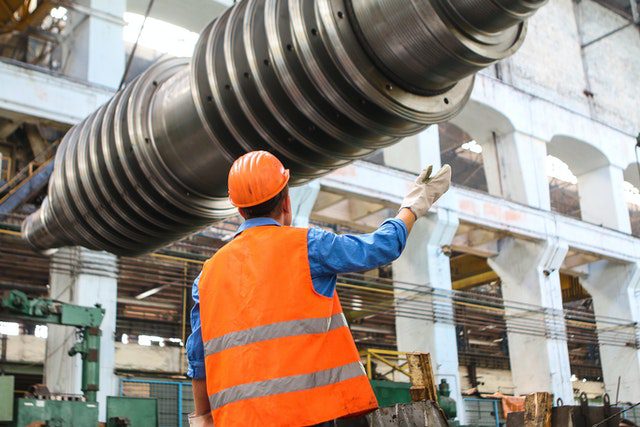Despite the numerous disruptions presented by the coronavirus pandemic, the global construction industry crossed ten trillion dollars in value as of 2020. Studies show that a significant portion of the construction industry’s market size came from emerging markets. That goes to say that construction companies are swiftly evolving, mirroring the rate at which new tech and devices have been made available to construction professionals. On that note, here are a few construction tech trends reshaping the industry.
Exoskeletons
Safety is a major concern among construction site workers. The Bureau of Labor Statistics shows that more than a thousand fatal accidents happen on construction sites each year, accounting for 20 percent of work-related deaths. Construction work-related accidents stem from various causes, including elevator failures.
Elevator inspectors do a good job troubleshooting faulty lift mechanisms and procuring lasting solutions, and they’re easy to find. For example, if you want to hire a Colorado elevator inspector, searching on Google can bring up various suggestions if you’re in the Colorado area.
Beyond safety professionals, the construction industry has seen numerous tech solutions like exoskeletons making it easier to track the activities of construction site workers, anticipate accidents and deploy safety measures in real-time. Exoskeletons also increase construction workers’ productivity without exerting too much effort to fatigue them on the job.
Prefabricated Construction
The prefabricated construction trend began a few years ago. Many developers leveraged the trend for simpler construction processes and cost-effective projects. However, prefabricated construction goes beyond arranging different construction parts on the site. It helps construction workers move past major operational limitations.
For instance, building in a rural area with poor roads can make the continuous transporting of materials and machinery very daunting. With prefab construction, you may need fewer trips from the resource center to the construction site, making it easier to develop rural areas without wasteful operational costs.
3D Printing
3D printing is proving to be the savior in every industry. The health sector has seen a significant promise in 3D printing to solve some of the most surgically-challenging issues, like finding an organ that matches rare genetic makeups. The construction industry also has a lot to gain from 3D printing. We’re gradually gearing towards an era where printing an entire home becomes common knowledge.
So far, 3D technology has shown endless possibilities. This trend can solve one of the industry’s biggest challenges for prospective homebuyers, which is affordability. It offers faster and easier 3D-printing-led construction processes.
Predictive Analytics
Every monumental construction project started as an idea or blueprint. Sometimes, it’s hard to calculate the risk involved in developing construction projects casting numerous doubts about the future. Often, developers are unsure whether their projects can raise profits enough to get the needed funding for project initiation.
Apart from funding, building defects are also a major concern for developers. Enter predictive analytics. Developers can leverage data and predictive analytics to mitigate construction risks in several ways. For instance, firms can analyze key resource areas like labor, land, and equipment, converting them to data inputs. These data inputs can be fed into big data systems, helping construction firms anticipate potential delays due to possible market disruptions.
All in all, technology is giving construction professionals a run for their investments. And the industry’s future looks more promising with these tech trends.































